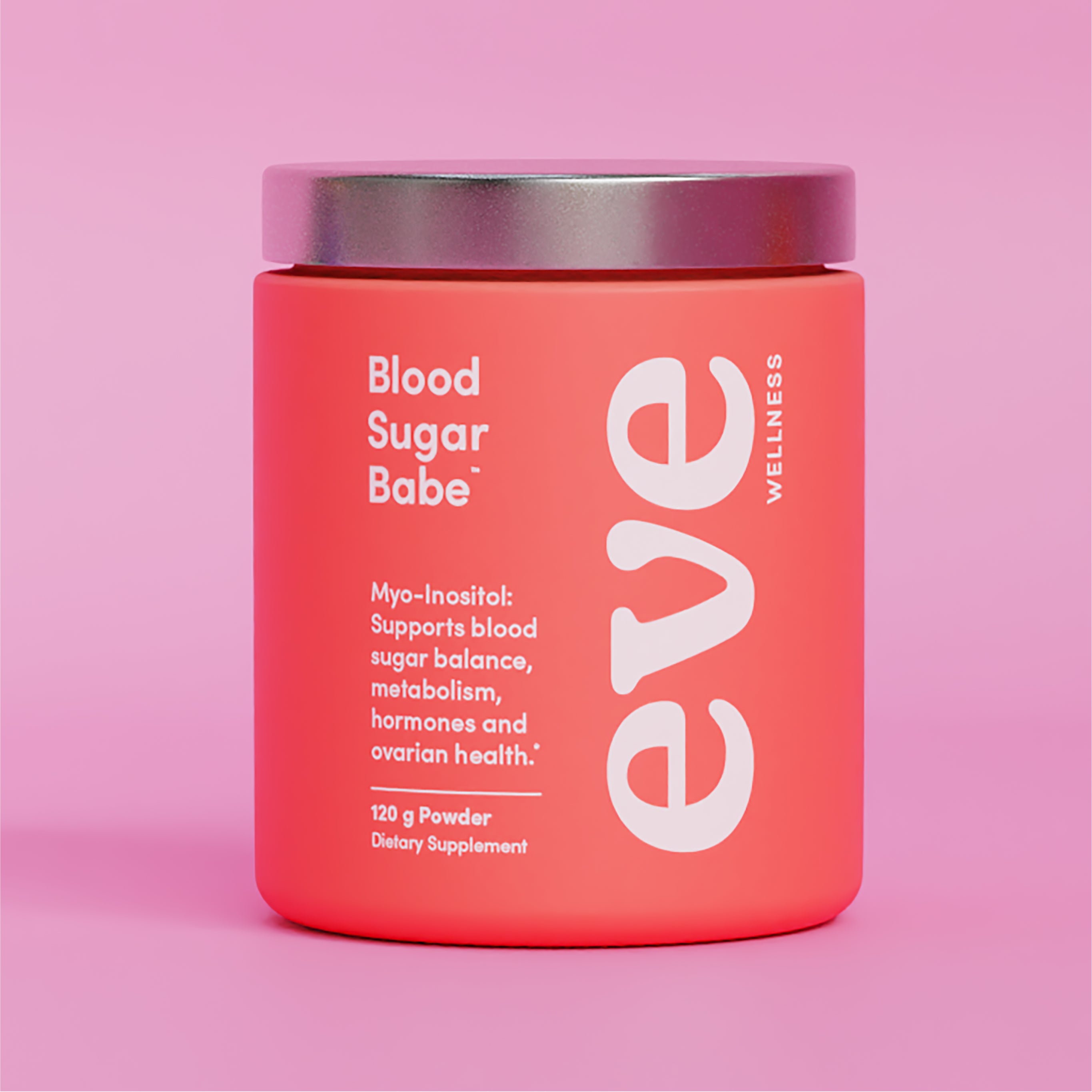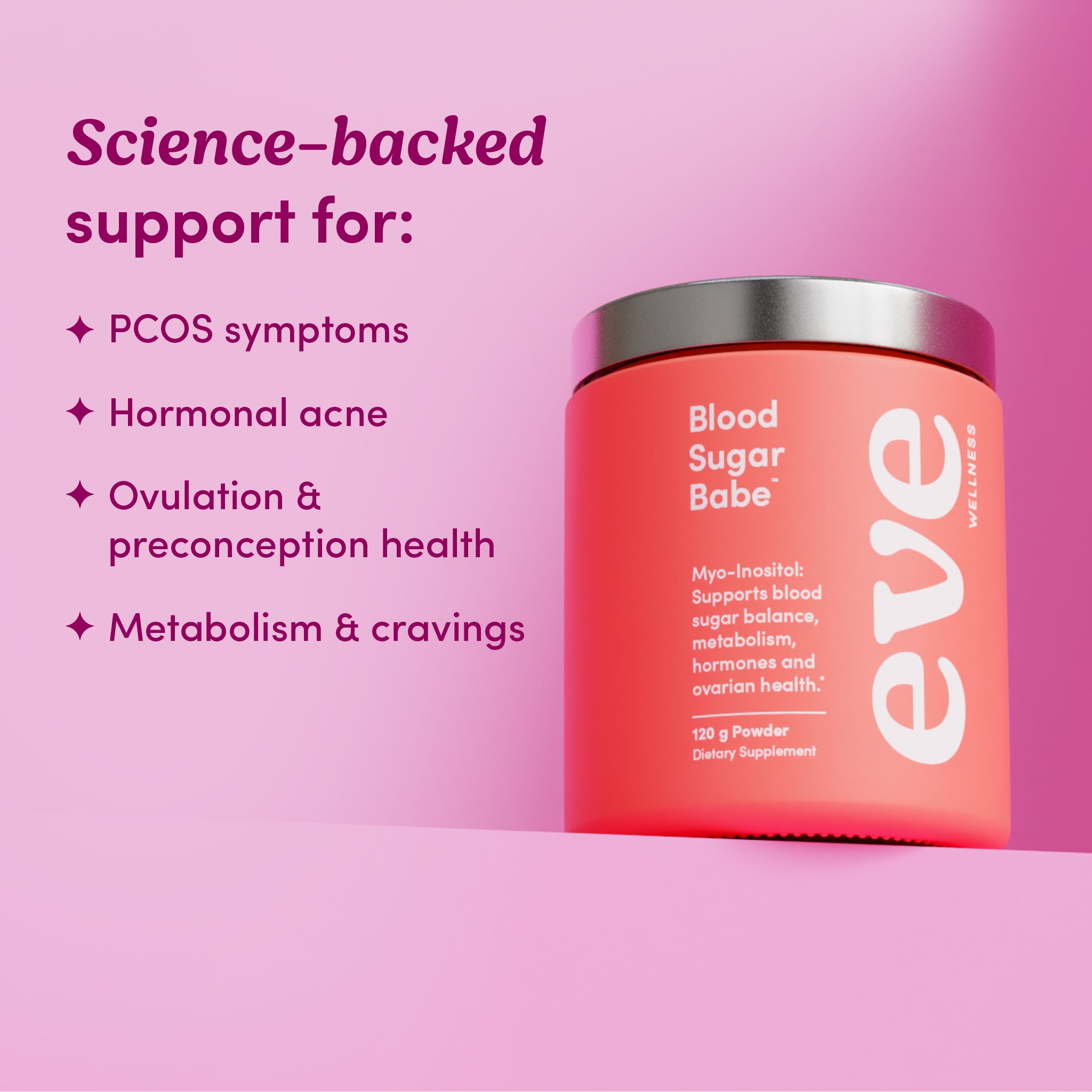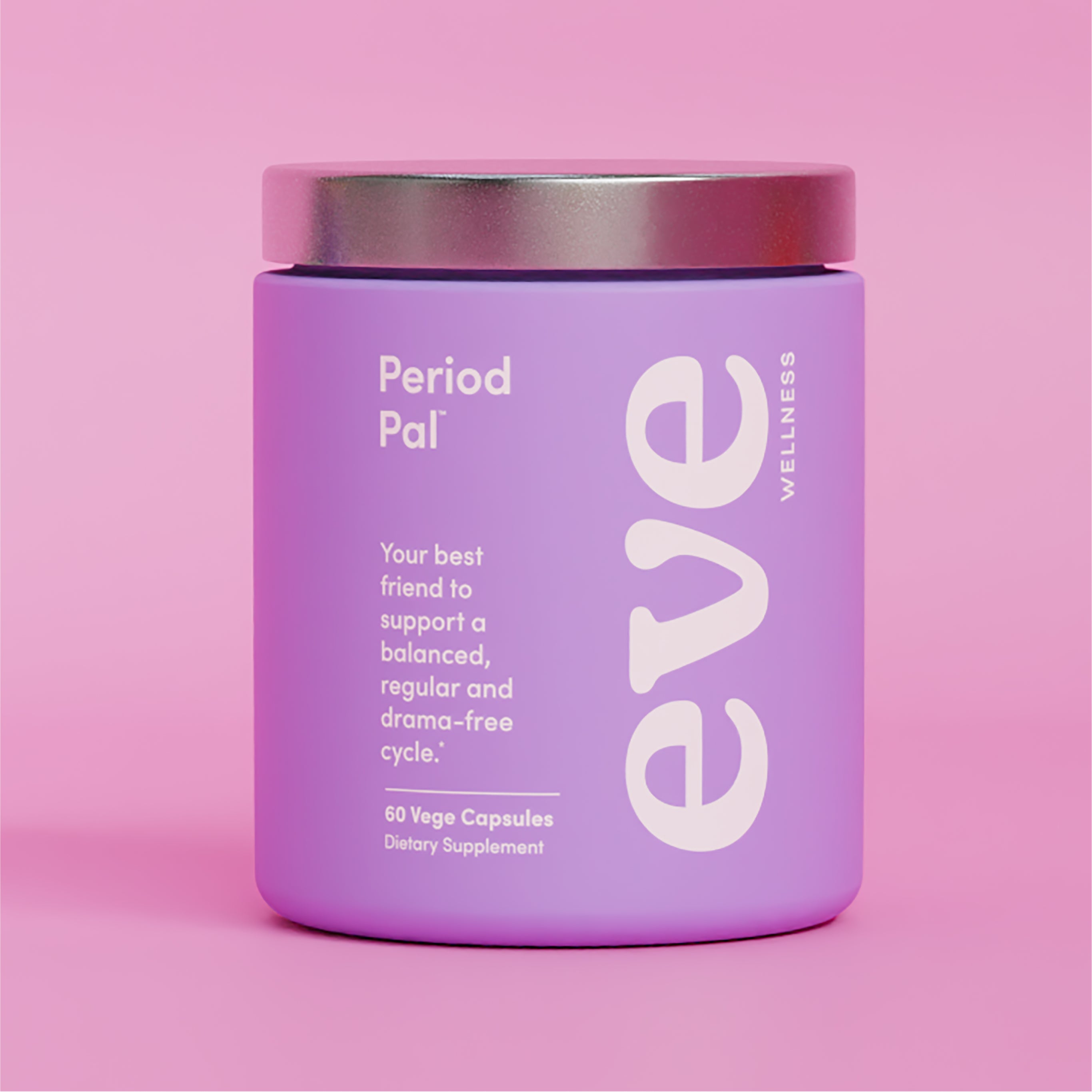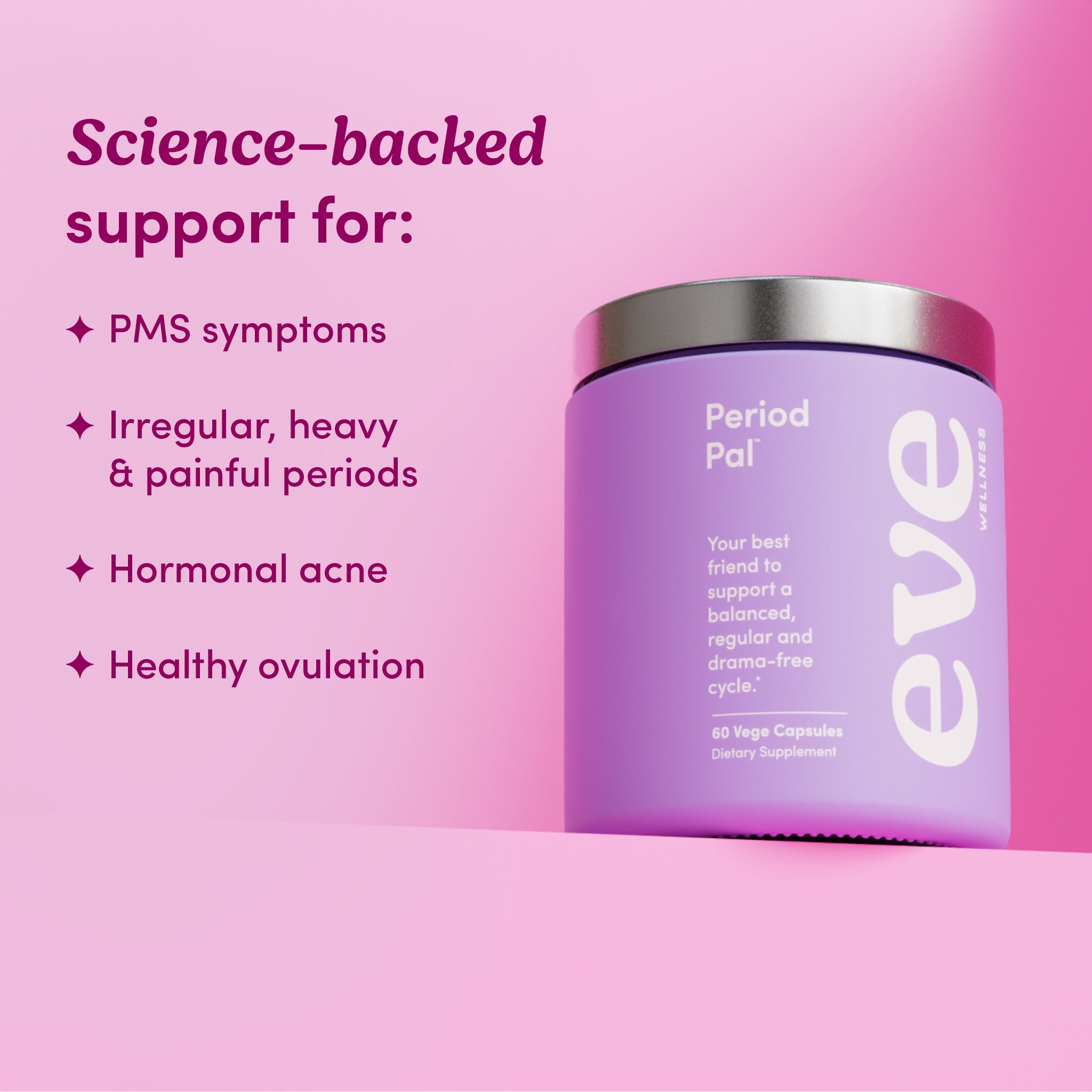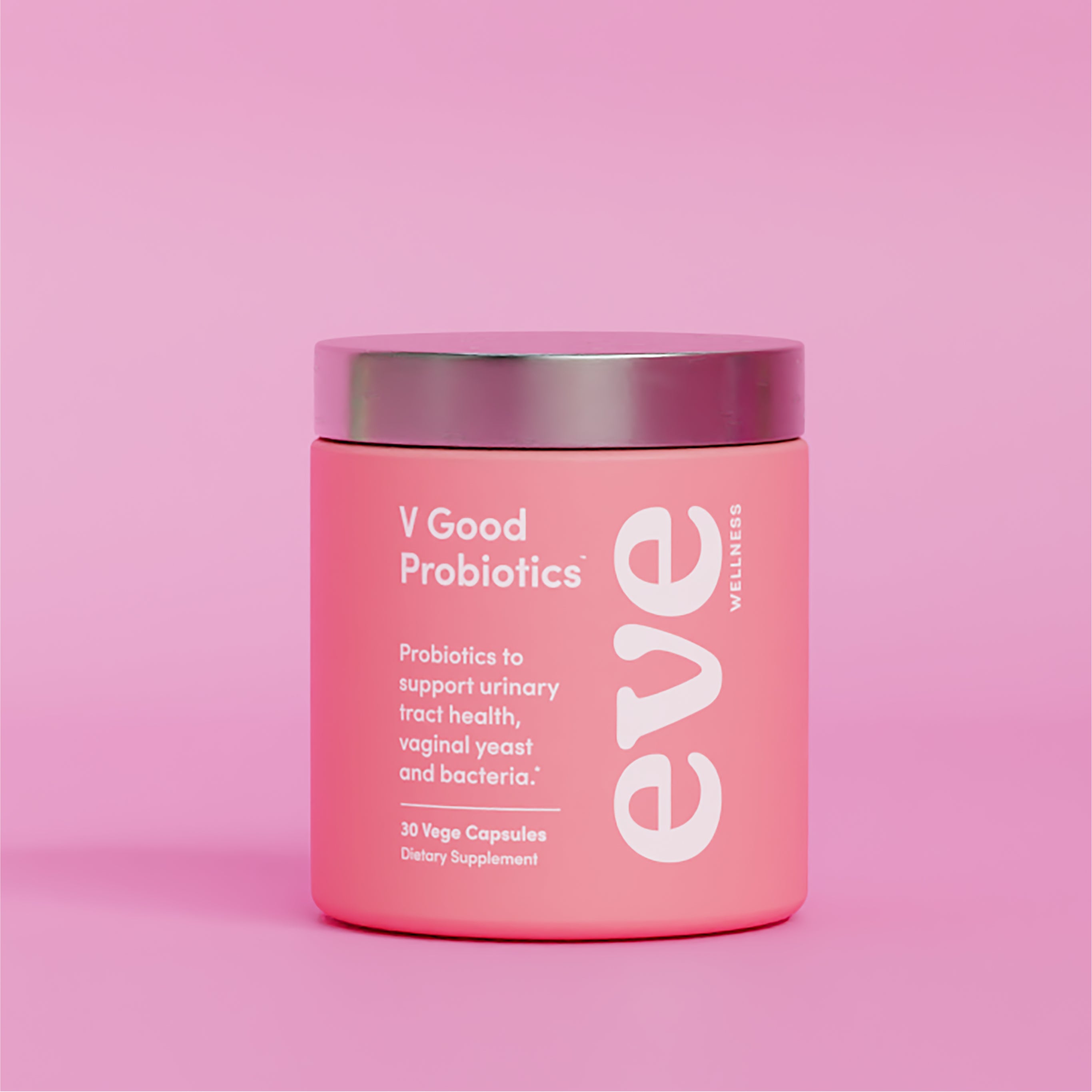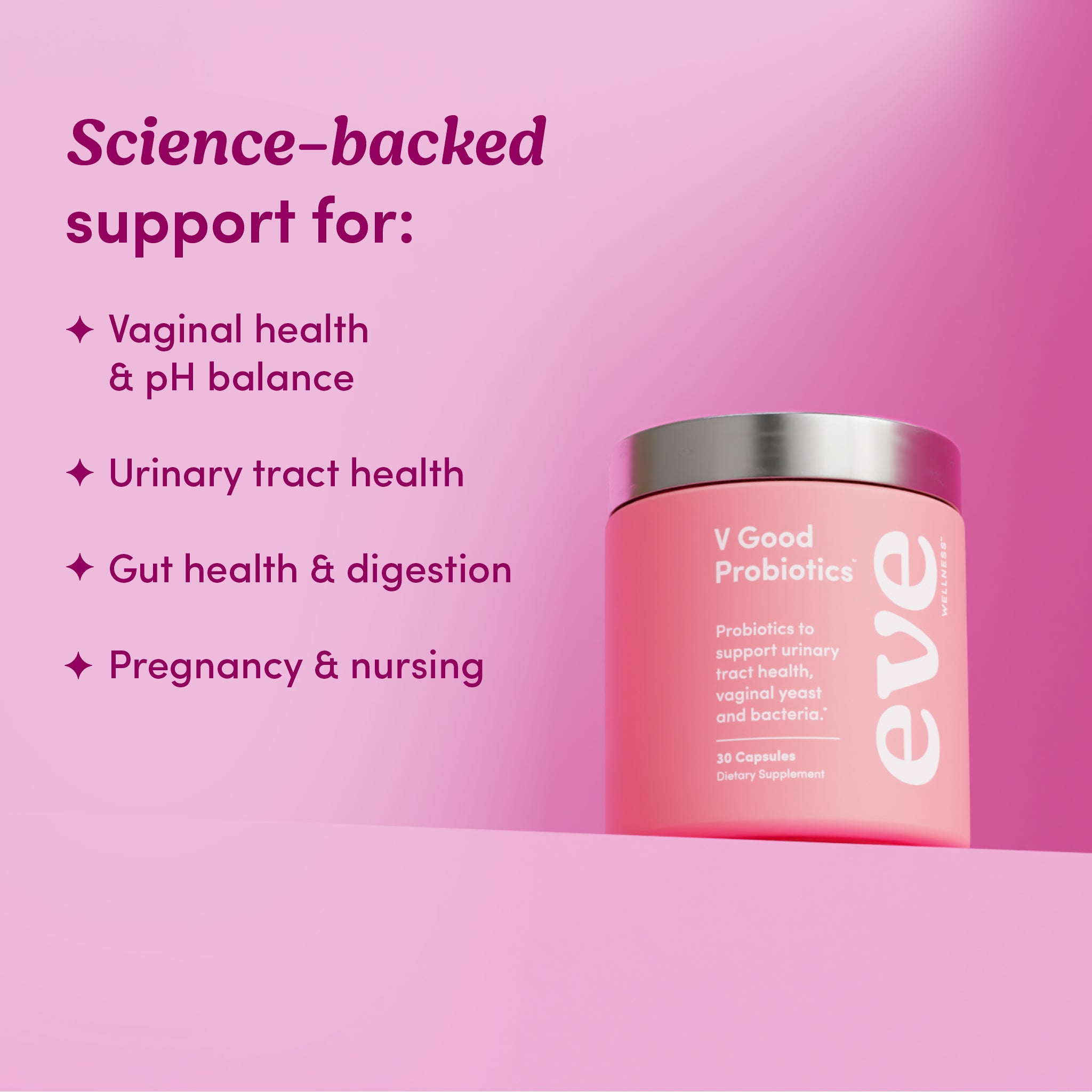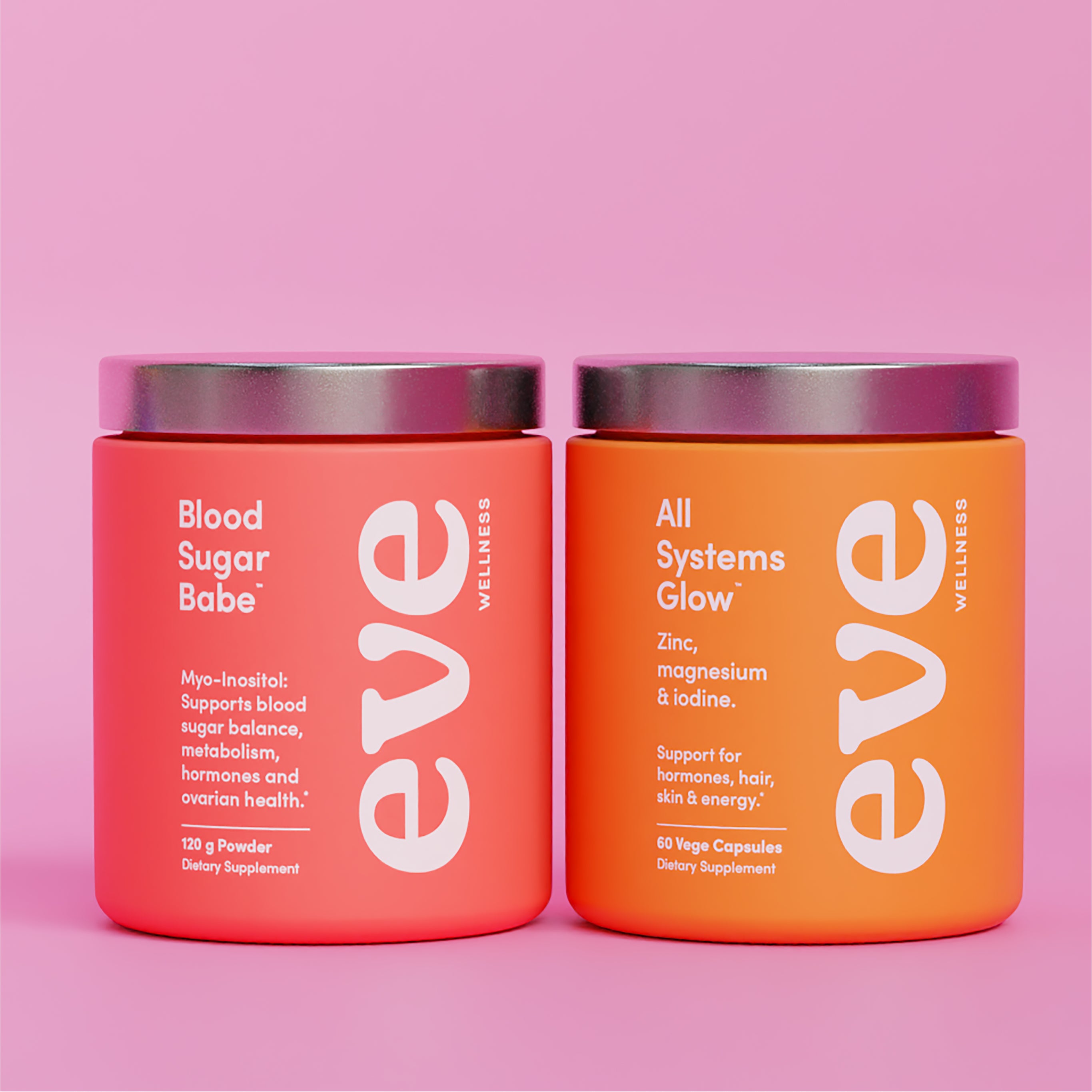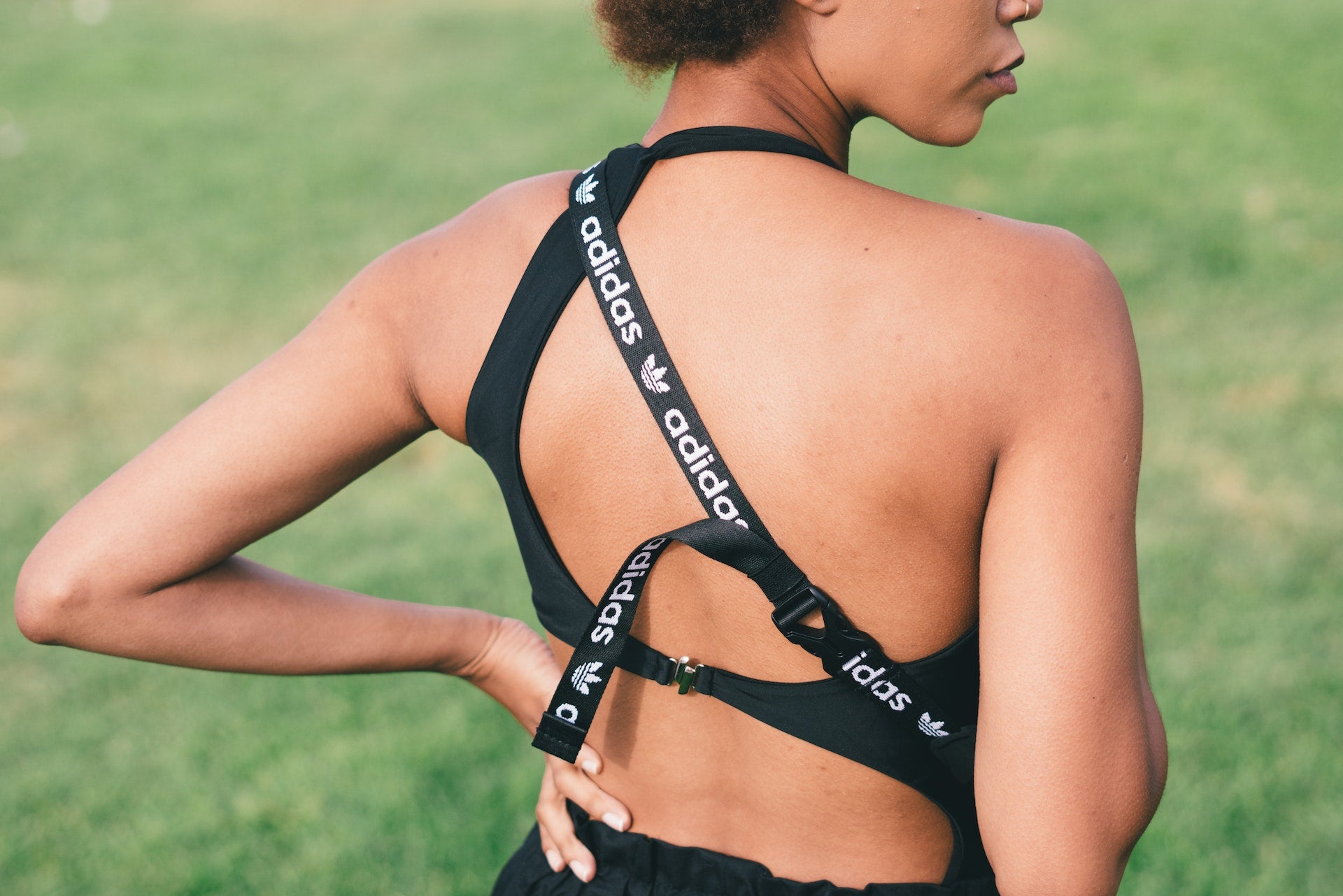In case you’re not down with the gym-lingo, HIIT stands for ‘High-Intensity Interval Training’, which happens to be the latest craze taking the fitness world by storm.
The well-researched advantages of HIIT training include its calorie-torching efficiency, fat-burning powers and after-burn effect which keeps your metabolism firing for hours after you finish working out.
But there’s a catch. Like the vast majority of studies in the field of exercise science and nutrition, most of these were only done on men.
It’s not meant to be discriminatory (although it is!), it's just that men are much simpler research subjects - they don’t have a menstrual cycle, their production of sex hormones doesn’t change much day-to-day, and isn’t so easily affected by stress and other factors.
The issue is, women aren’t small men. The fact that we have periods and cycles is just the tip of the iceberg in differences between male and female physiology.
HIIT can be a great tool for both fitness and mental health, but it can also put a lot of undue stress on the female body if certain measures aren’t taken before, after and between sessions.
Here are the key ways to support your body to HIIT without hitting your hormones.
1. RECOVER JUST AS HARD AS YOU TRAIN
If you’re HIIT’ing it most days, you may be doing more harm than good to your fitness goals. The gains you get from training aren’t in the workout itself, but in how you recover from that workout.
Women take longer to recover fully from intense training compared to men, particularly during the luteal phase of our cycle (more on this soon).
We need a minimum of 48-72 hours rest between intense sessions to maximise recovery, which means you’ll want to keep your HIIT workouts to a maximum of 2-3 per week.
To maximise recovery in between sessions,
- Get plenty of sleep. Sleep is probably the most underrated recovery tool around. For every hour of intense exercise you do, aim for an extra 1-2 hours of sleep.
- Eat enough food, particularly protein to support your body in repairing and rebuilding broken down muscle tissue.
- Do some gentle movement, stretching or mobility work to get blood flowing to your muscles without further stressing them.
2. FUEL YOUR BODY
To partake in intense exercise, while keeping your stress and sex hormones happy, it’s important to be well fuelled for your workouts.
Hitting peaks of intensity during exercise requires the anaerobic energy system, which can only use glucose (carbohydrates) and glycogen (glucose stored in the liver and muscles) for fuel.
Once the body has depleted its glycogen stores it becomes catabolic, releasing cortisol to help break down muscle tissue for protein and amino acids to make glucose. Trust us, a surge of stress hormones and a side of muscle catabolism is NOT what you want from your workouts.
Simple, easy to digest carbs such as a banana, a few snack balls or a slice of toast before a session can make all the difference to your energy levels, recovery and hormone health.
Due to the incredible, yet very demanding feat that is growing and birthing a baby, women are particularly sensitive to low energy availability (A.K.A not eating enough for the exercise you are doing). Pushing through workouts without the right fuel in your tank can backfire by down-regulating your thyroid function, and slowing your metabolism.
If fat loss is your goal, don’t fret. Your body will naturally burn fat for fuel for hours after your workout, and during lower-intensity sessions. By supporting your lean body mass and metabolism, you’ll make it easier for your body to drop excess weight without throwing your hormones out of balance.
3. HONOUR YOUR CYCLE
How many of us have experienced the phenomenon, where one week you’re killing it in a HIIT class, the next week the same workout feels So. Much. Harder.
That’s not your fitness levels changing, it’s your hormones.
Unlike men, female hormones, energy levels, and desires fluctuate in a monthly cycle, rather than a daily one. These hormonal shifts that take place across the month can make all the difference in both how you feel during exercise, as well as how your body responds to it.
HIIT will always feel better during your follicular phase, which is roughly days 3-14 of a 28-day cycle (if your cycle is longer than this, your follicular phase will be as well).
At this time, you’ll generally have more energy, recover faster, and be better at using carbohydrates for energy and hitting higher peaks of intensity—thanks oestrogen!
After ovulation (the main event of your cycle), a surge of progesterone raises your core body temperature, and alters your metabolism to favour burning fat for fuel. This is known as the luteal phase of your cycle, and is a time where it's harder to exercise at intensity, we need more recovery time and often experience lower energy levels.
If you take one thing from this blog, let it be this: Don’t be afraid of slowing down in the second half of your cycle, to hold on to the strength and fitness gains you’ve made in the first half. Listen to your body.
The luteal ‘higher-hormone’ phase makes it more difficult to build and maintain muscle and stay hydrated during exercise. For the everyday athlete, you may be better off slowing down, recovering and hitting your next follicular phase feeling well-rested and excited to get back into it.
WHEN IS IT TIME TO SLOW IT DOWN?
When it comes to HIIT, more is not more.
Adding a high-stress form of exercise to a high-stress lifestyle is often not the best idea for balanced hormones, energy and moods.
If your candle is burning at either end and a bit in the middle, it might be time to reassess your fitness regime to better support your health and hormones.
Signs you’re overdoing it can include:
- Fatigue and flat out exhaustion;
- Persistent insomnia;
- Feeling irritable and ‘hangry’ after a few hours without eating;
- Missing periods, or irregular periods;
- Increased feelings of overwhelm and anxiety;
- Hair loss;
- Low libido.
If any of these resonate with you, it may be time to take a break. Opt for lower intensity and restorative forms of exercise, get more sleep, and add more gentle carbs to your diet, such as potatoes, kumara and gluten-free whole grains.
Need some extra support? Meet Period Pal - every woman's best friend to support a balanced, regular and drama-free cycle.
